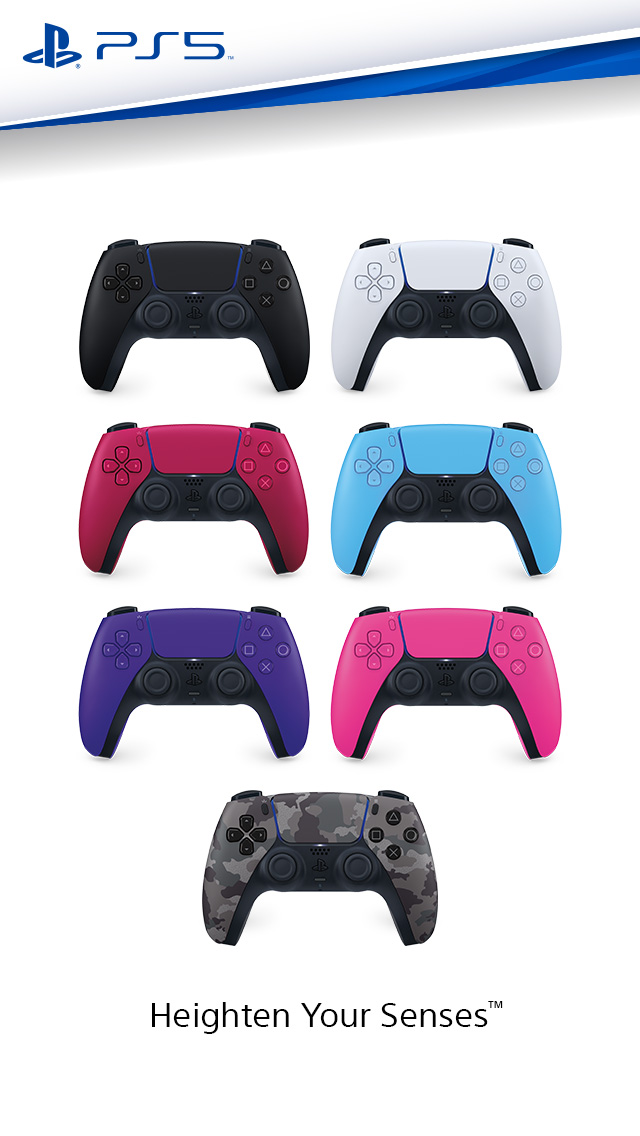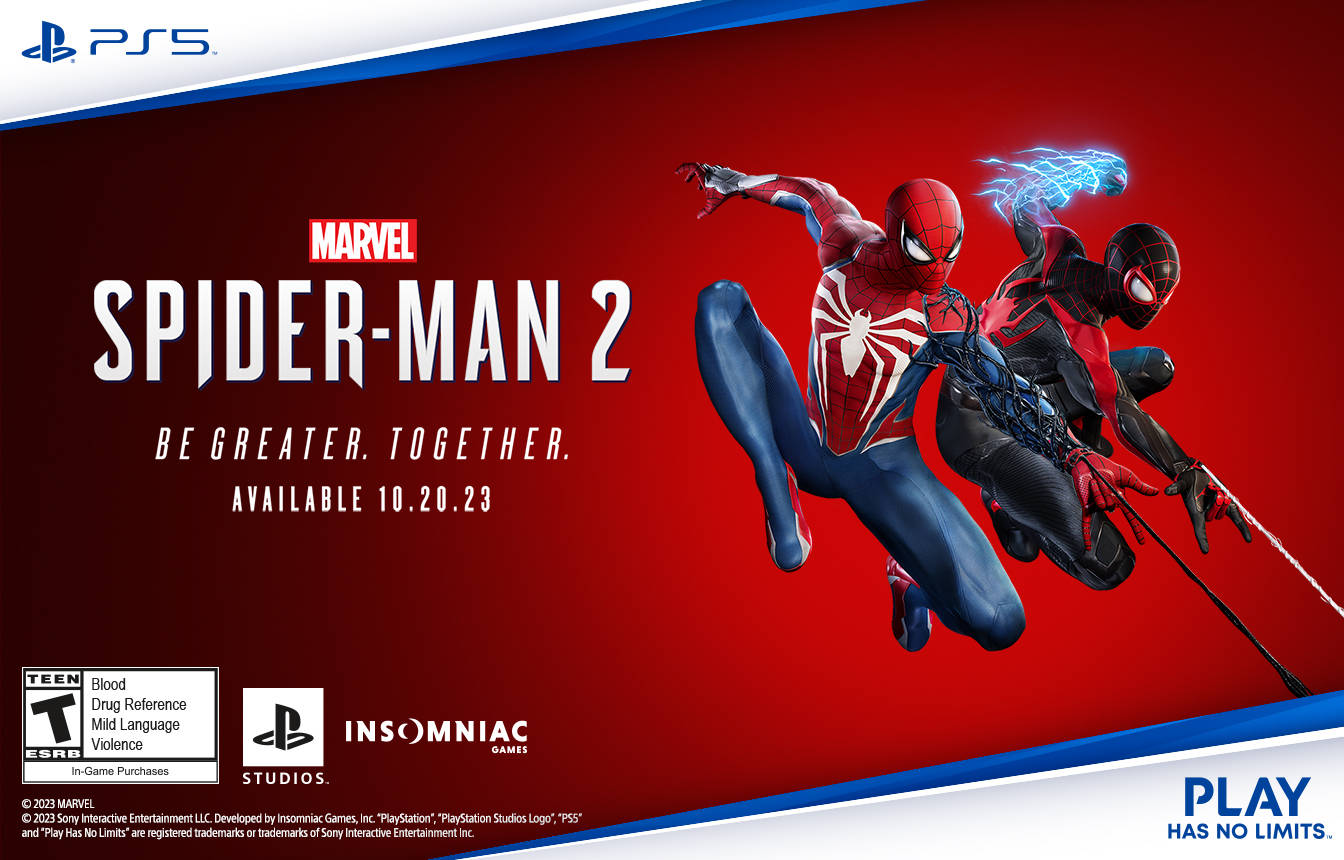Having played several beta versions prior to its launch, I knew Sea of Thieveswould be a difficult game to review. So much of its successes rely largely on elements outside the game’s control, and Rare has been promising since before launch that more content was still to come. What I didn’t realize was how littlecontent there would actually be from the outset.
Sea of Thieves is an online-only, shared-world, first-person adventure game where you take on the role of a pirate. You start the game in one of the world’s several taverns located on outpost islands, and as soon as you lift your head, what your pirate does—and, by extension, who your pirate is—is entirely up to you.
“It’s more about the journey than the destination” is a line you’ve probably heard repeated about Sea of Thieves ad nauseum running up to its release—and, truly, the journey can be spectacular in Sea of Thieves. The world itself, at least while you’re out on the ocean, is often stunning and occasionally breathtaking. It might sound like a cliché by this point, but the water in Sea of Thieves is a technical and artistic achievement. The digital waves here behave the way you’d expect real water to behave, and staring out at the endless horizon from the bow of your ship can feel as awe-inspiring as staring out at the unbelievable vastness of a real ocean. It doesn’t hurt that the lighting itself is also excellent; the sun or moon glittering on the water is a marvel.
Thankfully, sailing that ocean is probably the most fun you’ll have with Sea of Thieves, whether you’re playing alone or with friends—in part because the game’s sailing mechanics are a revelation. Unlike other games that involve naval combat, the ships in Sea of Thieves don’t function as an extension of your character but rather as a tool that players must manipulate in order to get where they need to go. You don’t just turn left or turn right, pressing one button to gain speed or another to fire your cannons. Devoting mechanics to setting the sails, checking the map, and steering the wheel—all while allowing you to freely roam around your boat and rock along with it—turns the ship into its own little island. Unlike most games, in which sailing feels more like driving a car, Sea of Thieves truly captures the magic and ever-present danger of being on the water.
It’s when you dock your ships on one of the world’s islands—you know, when you reach your destination—that Sea of Thieves’ beauty fades away to reveals its thinness. It’s not that the islands aren’t visually appealing, because they are, but there’s just so much adventure that’s hinted at and never delivered. Scarecrows made out of crucified skeletons or mysterious paintings on the sides of rocks only ever serve as clues to where you’ll find buried treasure, and the only enemies you’ll ever run into are the skeletons of dead pirates and stationary snakes who spit poison at you. Beyond that, Sea of Thieves’ islands are devoid of life or mystery, and the sandbox nature of the game feels more like an empty box without the sand.
Sea of Thieves’ quest structure truly suffers from the emptiness of its islands. Every time you start a new adventure, you’ll start on an outpost island where you can pick up voyages from one of the game’s three trading companies: the Gold Hoarders, the Order of Souls, and the Merchant Alliance. While each of these trading companies will offer you superficially different types of quests—the Gold Hoarders want buried treasure, the Order of Souls wants the skulls of dead pirate captains, and the Merchant Alliance wants supplies like chickens and gunpowder—they all amount to simple randomly-generated fetch quests. Go out, get this thing, and bring it back without letting other players steal said thing. The first time you find buried treasure is pretty exciting, but the more voyages you take on, the more you realize you’re doing the same thing over and over and over and over again. This simple quest structure wouldn’t be such a problem if traveling to islands offered a variety in what you encountered once you landed, but the repetitive quest structure and the starkly boring islands mean that Sea of Thieves’ voyages will get old within the first couple of hours.
Another problem with Sea of Thieves’ repetitive quests is that the satisfaction you feel from completing them will largely depend on how much you care about dressing up your pirate, as the game’s progression system is entirely cosmetic-based. The more quests you complete, the higher your rank with each of the trading companies will get, and the more gold you’ll earn with each quest, unlocking more cosmetic items for you to purchase with said gold. The idea behind this cosmetic-based progression system is to flatten the playing field, never preventing lower-rank players from joining up with their higher-rank friends. But, without gameplay tied to these cosmetic items, the rewards don’t seem worth the monotony of the quest structure, making the whole game feel like you’re doing chores rather than playing a game. You also don’t fully create your own pirate, but rather choose your pirate from a randomly-generated selection of premade pirates which can be refreshed until you find the right fit. It’s a system I personally didn’t mind, but it will definitely make some players feel less connected to their characters, making the cosmetic items you earn for them even less worthwhile.
The blankness of Sea of Thieves core gameplay loop means that your enjoyment of the game will rely solely on the fun you make with your friends. You can play solo, and some people might find the combination of peaceful isolation on the sea and the ever-present danger of running into a full crew of pirates while transporting a bounty of treasures equally relaxing and tense, but the game definitely seems to favor full crews. Not only will joining a crew of three or four give you a bigger, more powerful ship (an eight-cannon galleon as opposed to a two-cannon sloop smaller sloop), but it will also give you the opportunity to simply goof off with your friends, which will distract you from the oppressive mundanity of the voyages on which you’re embarking. It will also give you a “strength in numbers” advantage against the other players on the ocean, who never want to seem to interact with you in any way other than immediately attacking you—which itself quickly becomes repetitive thanks to the limited combat mechanics and lack of variety in weaponry.
For a game that’s so focused on multiplayer, the matchmaking system is maybe one of the most baffling aspects of Sea of Thieves. I’m not talking about some of the connection issues that the game faced at launch, which were definitely annoying; I’m talking about the actual matchmaking system, which forces you to start games with your friends if you want to play. Before jumping into a server, you will decide whether you want to play solo on a sloop, double up on a sloop with another player, form a three-person crew on a galleon, or set out with the full four-person galleon crew. However, if you start playing a solo game and your friend wants to join you, they won’t be able to jump into the game. Instead, you’ll have to quit out and form a two-person crew with them from the main menu. This wouldn’t be that big of a deal, but if you’re transporting a swath of treasure and you haven’t returned it to the outpost, quitting out of a game will effectively cause you to lose all that treasure and experience. At that point, either your friend will have to wait in the main menu for you to finish your voyage, or you will have to forfeit a bunch of treasure that you just spent several hours collecting. So, again, employing this kind of matchmaking system seems totally misguided for a game that’s based entirely around multiplayer.
On a superficial level, the world of Sea of Thieves promises hours of open-ended multiplayer adventures with its expansive horizons and sunken treasures. But, after a couple of hours, it felt like those promises were empty—literally. Sea of Thieves has potential, and it can be fun depending on who else is in your crew, but as far as what the game offers in is current state, there is just too little to do and too much repetition in what there is to do. I wanted to like Sea of Thieves, because sailing its vistas is an experience unlike any I’ve had in a video game, but once I got to where I was going, it too often felt like I’d gone nowhere at all.
|
★★☆☆☆
Sea of Thieves’ world isn’t completely lacking in achievement, thanks to its luscious visuals and excellent sailing mechanics, but it feels completely undercooked in terms of actual gameplay. Perhaps ironically, Sea of Thieves feels like the skeleton of a game rather than a fully realized experience. Rare promises that more content is coming, but judging on what the game offers now, it’s a journey not worth taking—at least not yet. |
Developer Rare Publisher Microsoft Studios ESRB T – Teen Release Date 03.20.2018 |
| Sea of Thieves is available on Xbox One and PC. Primary version played was for Xbox One. Product was provided by Microsoft Studios for the benefit of this coverage. EGM reviews on a scale of one to five stars. | |

Michael Goroff has written and edited for EGM since 2017. You can follow him on Twitter @gogogoroff.





